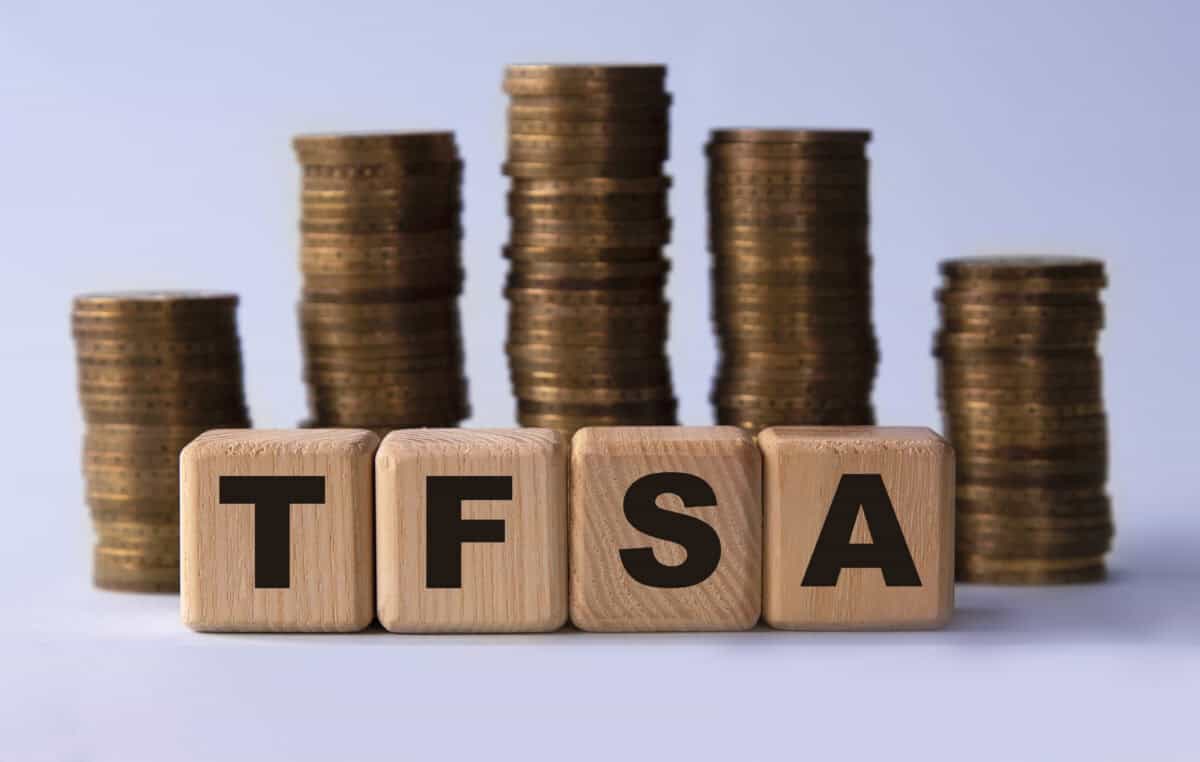Can you build a tax-free monthly passive income portfolio starting with just $20,000?
It might sound like a pie-in-the-sky goal, but it’s actually possible!
Thanks to the tax-free savings account’s (TFSA) tax shelter, you can generate significant sums of dividend income without paying any taxes. The TSFA boosts your after-tax returns; it also makes it possible to earn significant amounts of dividends with surprisingly little invested up-front. In this article, I will explore two different ways you could achieve monthly dividend income in your TFSA starting with as little as $20,000.
Method #1: Build a “monthly pay” TFSA with stocks having different payout schedules
One way to achieve monthly dividend income in your TFSA is to buy quarterly stocks that pay on different schedules. A quarterly pay dividend stock can follow three scehdules:
- January, April, July, and October.
- February, May, August, and November.
- March, June, September, and December.
If you have some stocks that pay on each of these schedules, you will achieve a bit of dividend income every month. This discussion simplifies things a little; companies aren’t actually forced to space their quarterly dividends out evenly. Some stocks, especially foreign stocks, have erratic payout histories. However, with high-quality Canadian large caps, you can achieve monthly income by buying stocks with different payout schedules.
You could use ETFs like the iShares S&P/TSX Capped Composite Index Fund for this purpose. Such funds have low fees and lower risk than individual stocks; diversified portfolios made up of several of them are often considered ideal for beginner investors.
Method #2: Using monthly pay dividend stocks
If you have a bit more time on your hand than the average person, you could consider using monthly pay dividend stocks to get monthly tax-free income in your TFSA. This method requires more work (i.e., research) than the first one; however, it can result in you getting the exact same amount of dividend income each month.
First National Financial (TSX:FN) is a good example to work with here. It’s a monthly pay dividend stock whose monthly payout is $0.204167. That works out to $2.45 per year. At today’s stock price of $39.15, FN’s $2.45 dividend yields 6.3%.
If you invest $20,000 into FN stock, you should get about $1,252 back in annual dividend income, assuming the dividend doesn’t change. This assumption is a little bit simplistic; dividends can change, FN’s dividend has historically mostly risen, sometimes companies cut their dividends too. But thanks to First National’s sensible 64% payout ratio, it looks likely that its dividend will at least be maintained where it is now. So, you should be able to get the dividends shown in the table below if you buy the stock.
| COMPANY | RECENT PRICE | NUMBER OF SHARES | DIVIDEND | TOTAL PAYOUT | FREQUENCY |
| First National | $39.15 | 511 | $0.204167 per month ($2.45 per year). | $104.33 per month ($1,252 per year). | Monthly |
None of this is to say that you should run out and invest your entire TFSA in nothing but First National stock. You need a measure of diversification in your portfolio. Nevertheless, FN’s high yield and monthly payout schedule goes a long way in showing what’s possible with dividends.
 Claim Membership Credit
Claim Membership Credit








